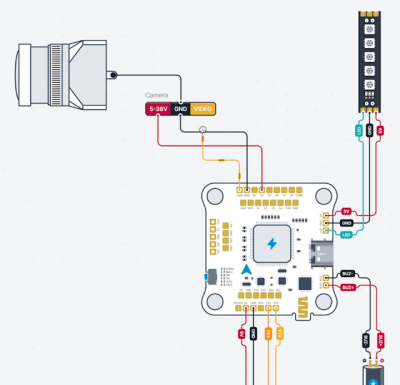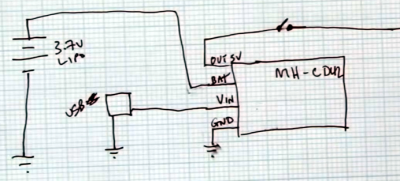The humble piezo disc buzzer is much more than something that makes tinny beeps in retro electronic equipment, it can also be used as a sensor. Tapping a piezo buzzer gives an interesting waveform, with a voltage spike followed by an envelope, and then a negative rebound voltage. It’s something [Igor Brichkov] is using, to make a simple but effective electronic drum.
First of all, the output of the buzzer must be tamed, which he does by giving it a little impedance to dissipate any voltage spikes. There follows some simple signal conditioning with passive components, to arrive at an envelope for the final drum sound. How to turn a voltage into a sound? Using a voltage controlled amplifier working on a noise source. The result is recognizably the drum sound, entirely in electronics.
In a world of digital music it’s easy to forget the simpler end of sound synthesis, using circuits rather than software. If you hanker for the Good Old Days, we have an entire series on logic noise, doing the job with 4000 series CMOS logic.



















